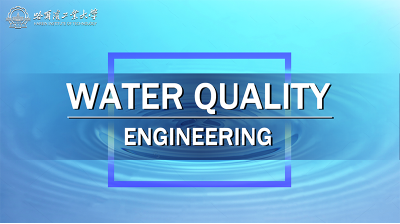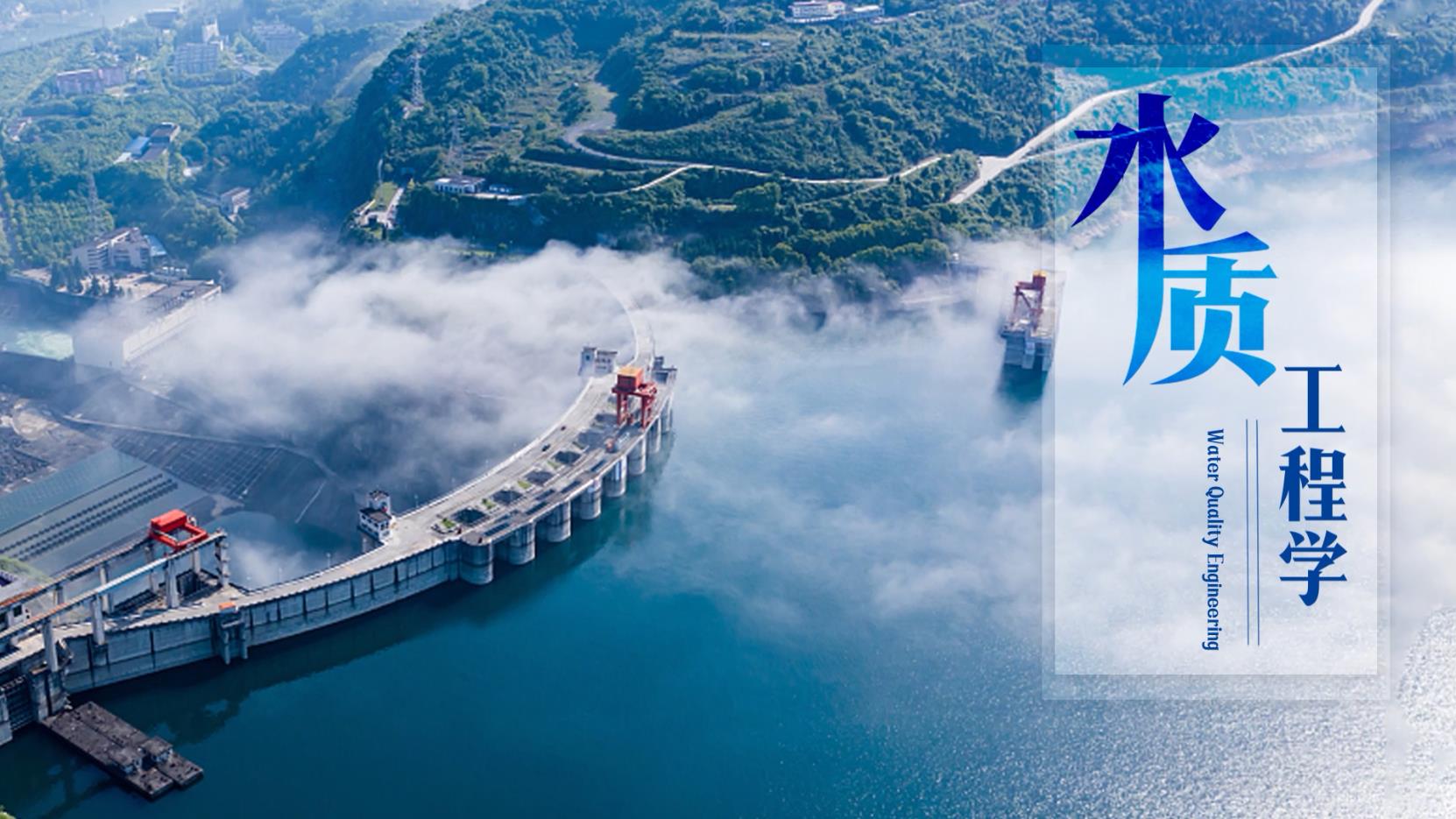第一章 Water cycle and water quality standards:水是生命之源。了解水的特性、水循环和水中污染物,有助于我们制定水质标准,改善水质,充分发挥水体的自净能力,保护水环境。1.1Property of water:水是生命之源,是地球上一切生态环境存在的基础。在这一节中,主要探讨水的来源、水的性质,以及水分子的特性。[多选题]The challenges of urban water resources include ( ). 选项:[Capital and operational costs of water supply for long distance transportation are high.
1.2Water cycle:主要讲解水循环的基本定义、作用以及目前城市水资源面临的问题。水循环是人类文明进步和可持续发展的重要保证。
1.3Classification of pollutants in natural water:天然水体是一个成分复杂的体系。本节主要讨论了天然水体中污染物的分类与性质,以及各种类型水体的特征。
1.4Water pollution and self-purification:水中污染物的来源在很大程度上取决于水资源的使用过程。本节主要讨论水的自然循环中的元素,水的社会循环中的污染物,以及水污染和水体净化过程。
1.5Water quality standards:水质标准是水处理的重要依据。在这节课中,我们将学习生活饮用水水质标准、污水排放标准和其他工业用水标准。
, The standards of urban water quality are high due to the increasing concerns about the safety of urban water sources.
, Urban water distribution renders large energy consumption.
, High risk of urban water pollution.
]
[判断题]It is relatively hard to separate salt from water, because ions such as Ca2+,Mg2+,K+ are tightly surrounded by water molecules.
选项:[错, 对]
[判断题]Lakes and reservoir waters usually have low water mobility, high turbidity, and relatively stable water quality. ( )选项:[对, 错]
[判断题]Heavy metals can be concentrated in plant roots or aquatic animals, causing great danger to living organisms. ( )选项:[错, 对]
[判断题]In the US, different sewage plants follow the same discharge standards. ( )选项:[对, 错]


